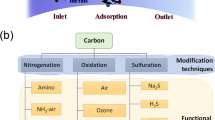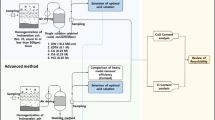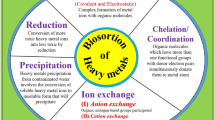Abstract
MANY enzymes are sensitive to inhibition by heavy metal ions. Because of contamination of water and laboratory reagents, it is often necessary to add a chelating reagent such as EDTA, or a compound with a mercapto group, to react with the offending ion. But too high a concentration of the agent may itself inhibit the enzyme by sequestering cations which are necessary for activation. We report here a method which we have found useful for deciding the proper amount of agent to be added to media or reaction mixtures.
This is a preview of subscription content, access via your institution
Access options
Subscribe to this journal
Receive 51 print issues and online access
$199.00 per year
only $3.90 per issue
Buy this article
- Purchase on SpringerLink
- Instant access to full article PDF
Prices may be subject to local taxes which are calculated during checkout
Similar content being viewed by others
Author information
Authors and Affiliations
Rights and permissions
About this article
Cite this article
SCOTT, D. Use of Ascorbic Acid as an Indicator for Heavy Metals. Nature 212, 605–606 (1966). https://doi.org/10.1038/212605b0
Published:
Issue date:
DOI: https://doi.org/10.1038/212605b0



